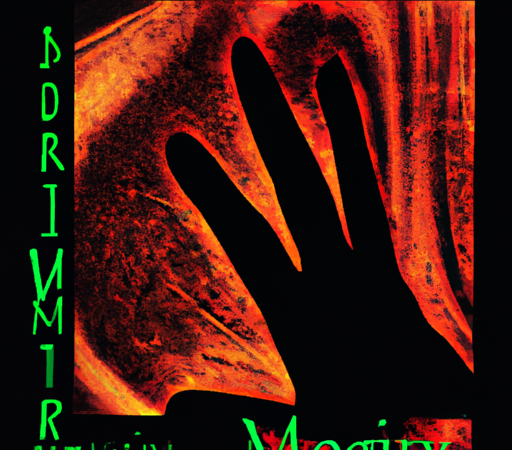The Theory of Evolution: Understanding the Diversity of Life

The Theory of Evolution: Understanding the Diversity of Life
The Theory of Evolution, proposed by Charles Darwin in the 19th century, is one of the most groundbreaking scientific theories in history. It provides a comprehensive explanation for the incredible diversity of life on Earth and opens up windows to understanding the origins of species. The theory has revolutionized our understanding of biology, genetics, and has profound implications for various scientific fields. Let's delve deeper into this concept and explore why it is crucial to our understanding of the natural world.
At its core, the Theory of Evolution posits that all species, both living and extinct, are connected through a common ancestor and have evolved over millions of years through a process of natural selection. In other words, all organisms share a common ancestry, and it is through gradual and incremental changes that new species emerge.

One of the key components of this theory is the concept of natural selection. Darwin observed that within any population, there is variation in traits. Some individuals possess traits that offer them a better chance of survival and reproduction in their environment, while others may have traits that are less advantageous. Through natural selection, those individuals with beneficial traits are more likely to survive and pass on these traits to their offspring, while those with less advantageous traits are less likely to reproduce. Over time, these small changes accumulate, leading to the formation of new species and the diversity we observe today.
The Theory of Evolution provides an explanation for the observed similarities and differences between species. Looking at the vast array of life on Earth, it becomes evident that organisms share common features. For example, humans, bats, and whales all possess similar bone structures in their forelimbs, adapted for different purposes. This suggests a common ancestor and the gradual modification of a structure to fit different lifestyles.
Evolution also accounts for the existence of vestigial structures – remnants of organs or body parts that no longer serve their original function. For instance, some snakes have tiny hind limbs buried within their bodies, remnants of the legs their ancestors once had. These structures provide evidence of a shared ancestry and help reconstruct the evolutionary history of a species.
Furthermore, the Theory of Evolution explains the occurrence of convergent evolution, where unrelated organisms develop similar traits or adaptations due to similar ecological pressures. For example, both dolphins and sharks have evolved streamlined bodies, dorsal fins, and tails for efficient swimming, despite having different ancestry. This phenomenon suggests that evolution is not random but driven by environmental factors.

The evidence supporting the Theory of Evolution is vast and diverse. Fossil records showcase the existence of species that no longer exist, and the transitional forms that show the gradual shifts between species. For instance, the discovery of the Archaeopteryx fossil provides a “missing link” between reptiles and birds, with both reptilian and avian characteristics.
In addition to fossils, genetics and molecular biology have shed further light on evolutionary theory. DNA analysis has revealed similarities and shared genes between different species, indicating common ancestry. The study of gene flow and the comparison of DNA sequences also provides insights into how populations branch off and diverge over time.
Understanding the Theory of Evolution is essential not only for biologists but for everyone. It provides a framework for understanding the natural world, highlighting the interconnectedness of all living organisms on Earth. Evolutionary principles have practical applications in fields such as medicine, agriculture, and conservation biology. By comprehending the processes that have shaped life on this planet, we gain insights into the past, present, and future of our own species and the ecosystems we inhabit.
In conclusion, the Theory of Evolution is a pivotal scientific concept that has revolutionized our understanding of the diversity of life. It explains the interconnectedness and complexity of organisms, providing evidence for the common ancestry of all living things. By studying and embracing this theory, we delve into the remarkable story of how life has evolved on Earth, forever changing the way we perceive our place in the natural world.






